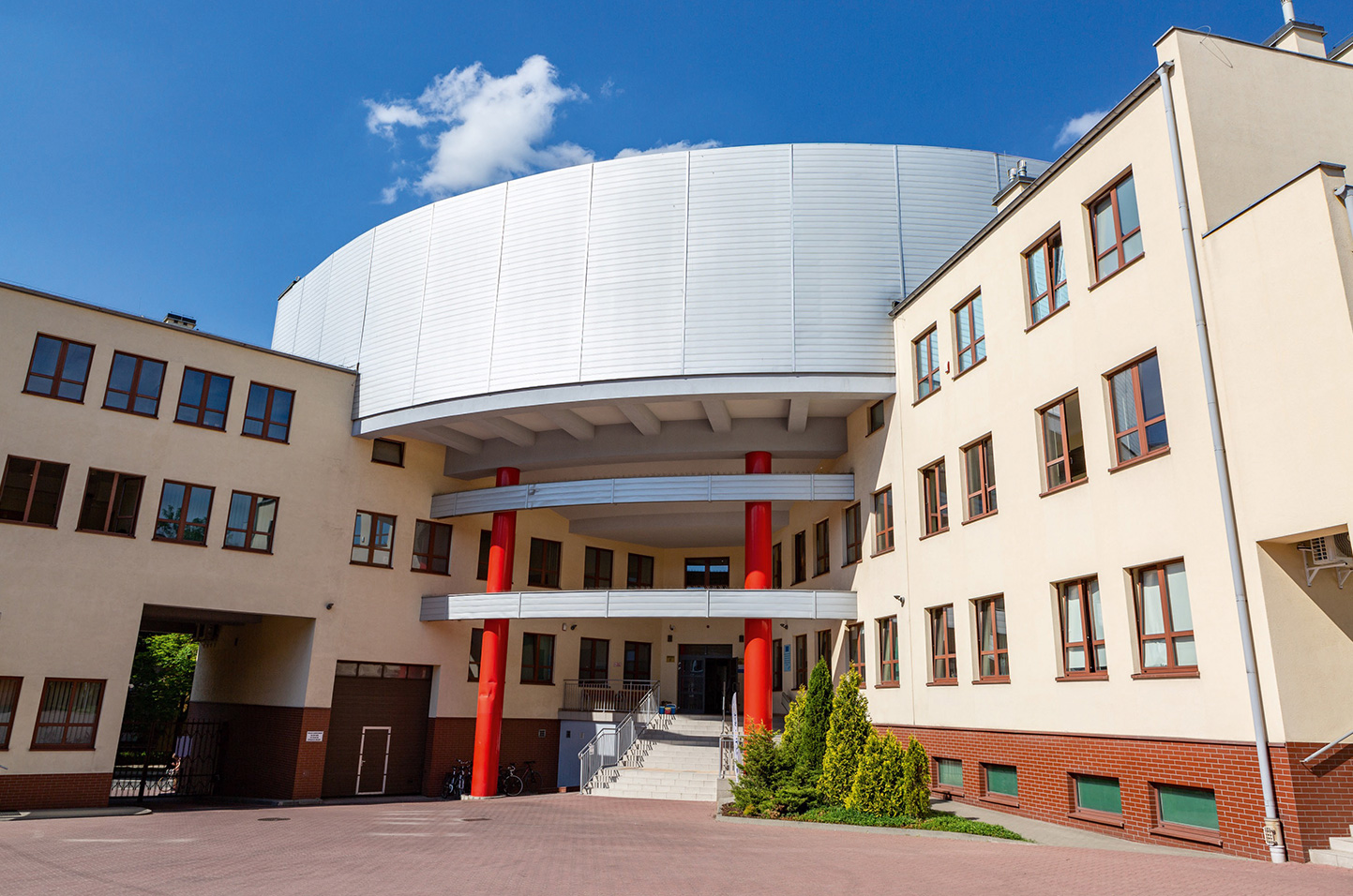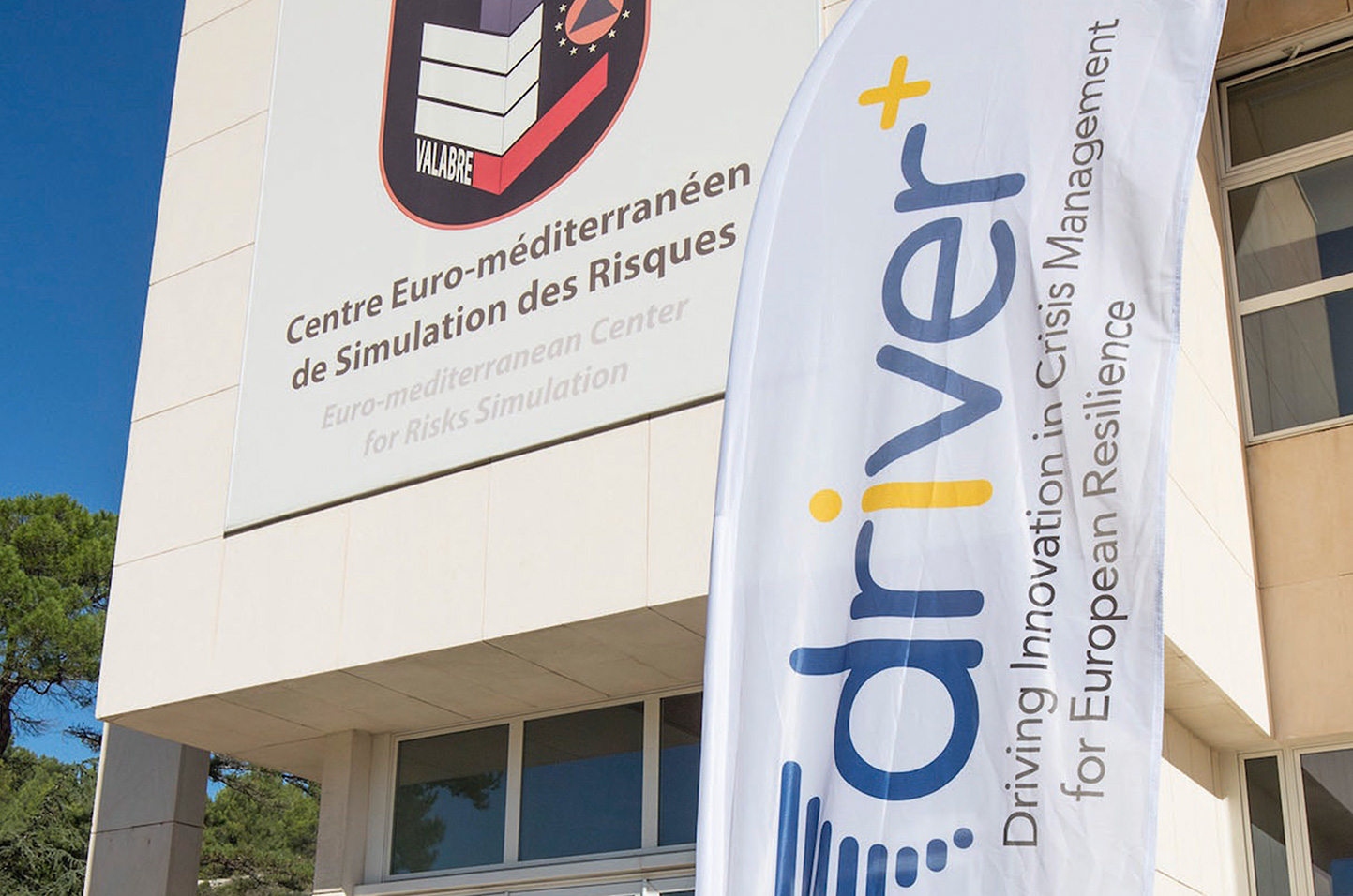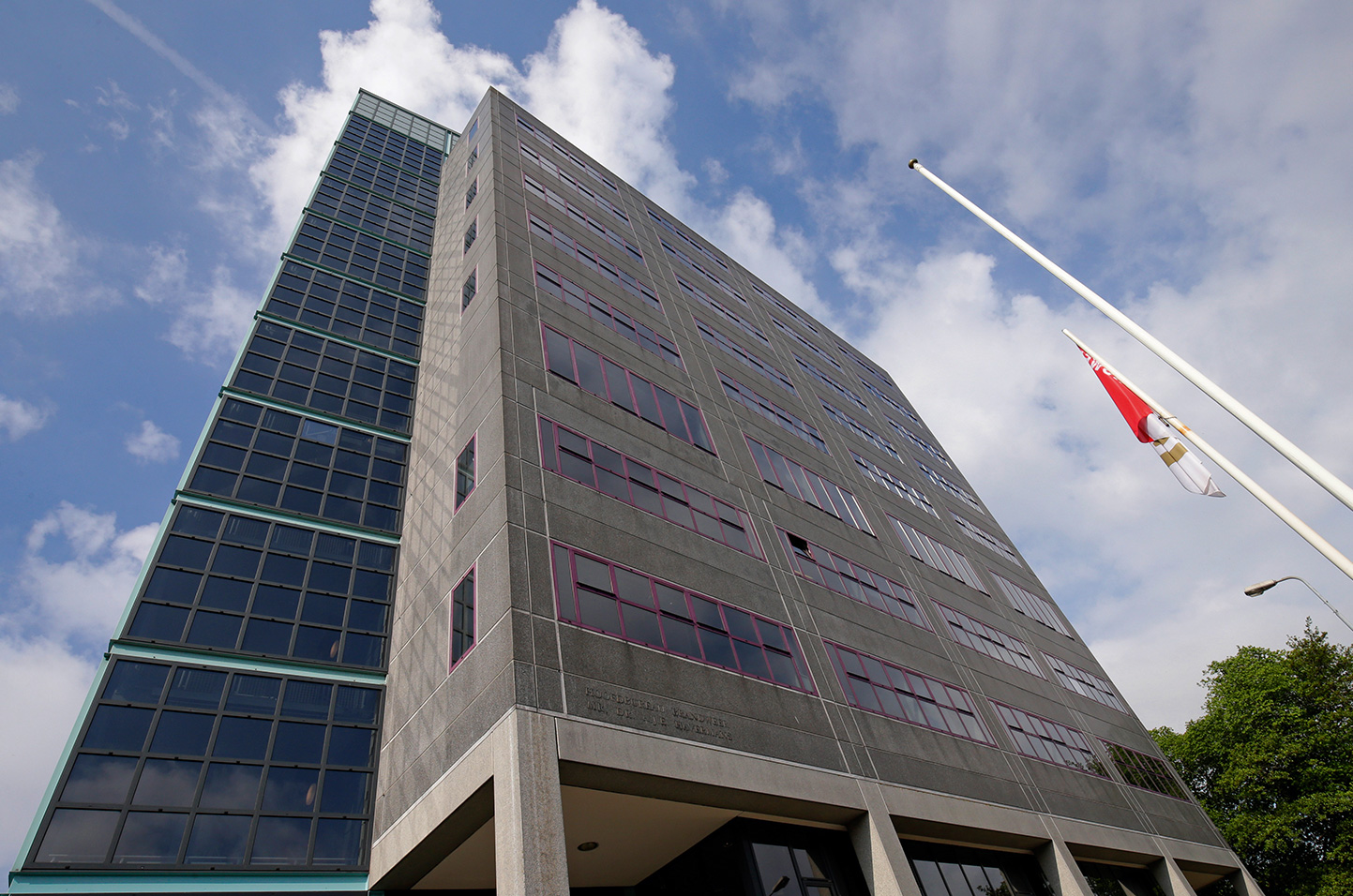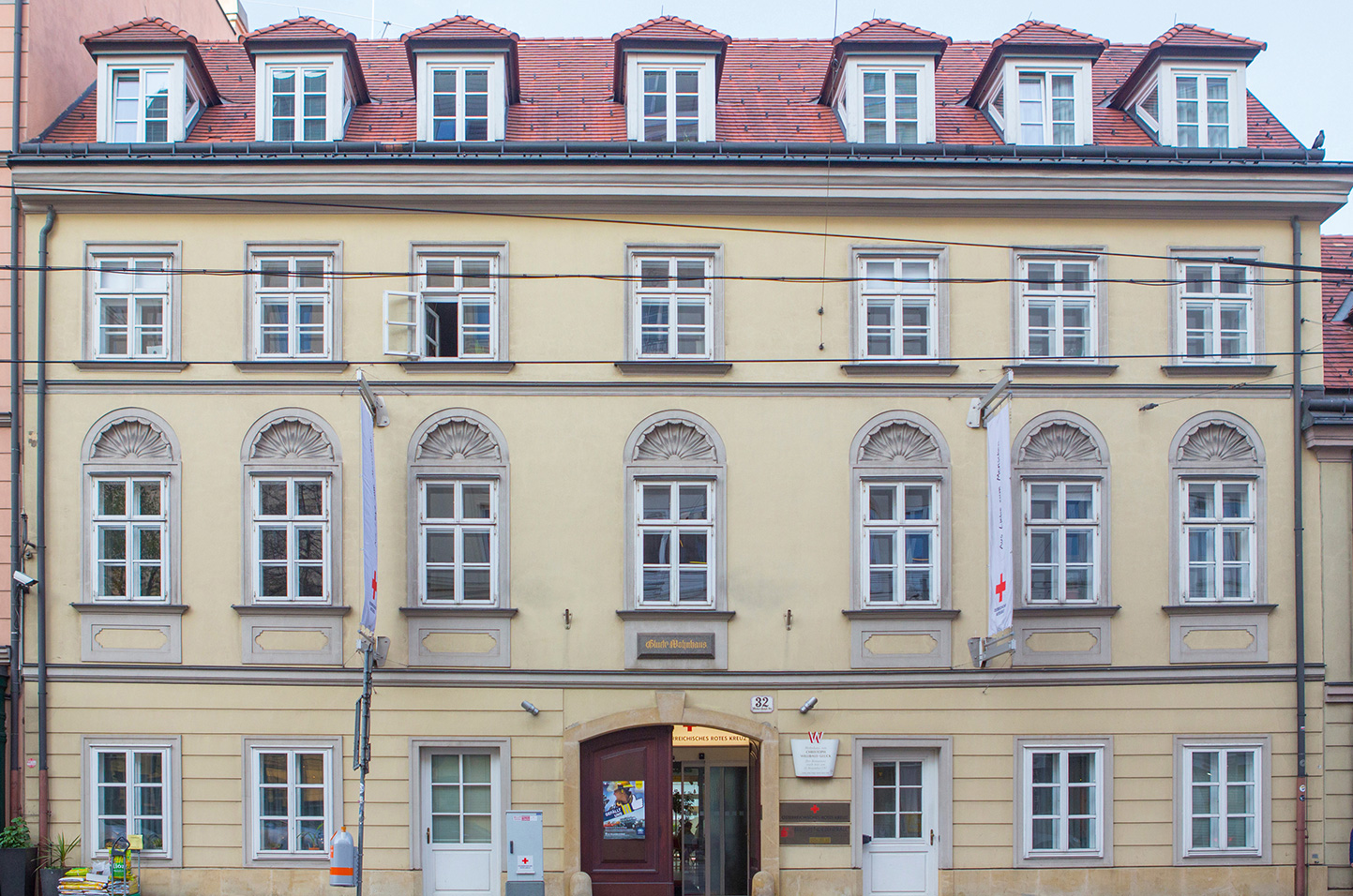One of the DRIVER+ objectives is the development of a european test-bed for crisis management capability development. This test-bed consists of physical, methodological and technical infrastructure elements to systematically conduct trials and evaluate solutions within an appropriate environment. In the context of the project, an “appropriate environment” is a testing environment where the trialling of solutions is carried out using a structured, all-encompassing and mutual learning approach.
The DRIVER+ trials have been conducted at four different locations within Europe:
- Szkoła Głowna Służby Pożarniczej (SGSP) - in Warsaw, Poland
- Centre Euro-méditerranéen de Simulation des Risques (CESIR) of VALABRE - in Aix-EnProvence, France
- Veiligheidsregio Haaglanden - Safety Region The Hague County - in The Hague, Netherlands
- Erzberg-Trainingszentrum of the Austrian Red Cross - in Erzberg, Austria
The vision of DRIVER+ is to create, a pan-European arena of virtually connected facilities and crisis labs (so called Centres of Expertise) where users, solution providers, researchers, policy makers and citizens jointly and iteratively can progress on new approaches or solutions to emerging issues. The Centres of Expertise will be the final depositories and service managers of the DRIVER+ outputs. They will act as primary contact points at the national/regional level for all practitioner-driven organisations operating in the field of crisis management and disaster risk reduction (or a specific domain under the latter) interested in using one of more of the DRIVER+ outputs, supporting them in their capability development and innovation management. They will make sure local organisations have easy access to such outputs and will provide guidance and support on how to use them. The Centres of Expertise can be found and approached via a dedicated group on the Crisis Management Innovation Network Europe (CMINE) website: www.cmine.eu/topics. This network is intended to not only facilitate innovation in CM, but also to generate a European CM culture and more shared understanding of CM across Europe.

Szkoła GłÓwna
Służby Pożarniczej
Main School of
Fire Service
The Main School of Fire Service (SGSP) is a state services national technical university supervised by the Minister of Interior and Administration with almost 100 years of history. It consists of two faculties: Civil Safety Engineering (incl. topics: crises and risk management, civil protection, civil emergency planning and coordination, internal security, CBRN, CIMIC, rescue and logistic, etc.) and Fire Safety Engineering (incl. topics: fire engineering, fire and rescue operations, command and control, incident commanding, etc.).
Besides being a university, SGSP is also an operational unit of the State Fire Service, which runs its own professional fire station and forms national rescue reserves ready to be deployed country wide by General Director for Civil Protection in the event of a major disaster.
To enable the most effective training, SGSP has not only a very good IT infrastructure, which is focused on didactic and office work, but also a training ground that allows for various scenarios (incl. USAR, water rescue etc.).
Contact
Prof. Dr. Marcin M. Smolarkiewicz
Słowackiego 52/54
01-629 Warsaw, Poland
+22 (0) 561 7569
marcin.smolarkiewiczprojectdriver.eu
www.sgsp.edu.pl

Entente pour de
La Forêt Méditerranée
Valabre
Valabre is a governmental organisation for the protection of the forest and the environment against fires. This organisation coordinates the efforts of the 14 departments most affected by forest fires of the South of France covering 4 regions: Provence Alpes Côte d’Azur, Occitanie, Corsica, and Auvergne-Rhône-Alpes, to fight forest fires.
The fire fighter officer’ speciality training school (ECASC) is one department of the VALABRE organisation. Within its various pedagogical means, it uses simulation, notably in its new facility Centre Euro-méditerranéen de Simulation des Risques (CESIR). CESIR is a facility specially focused on virtual simulation environment, with an area of 600 m² fully customisable for any organisation. It contains a conference room with 150 seats and multi-source displays. Several meeting rooms and classrooms are also available.
Simulation capability is deployed in CESIR, enabling the immersion of participants in a virtual scenario. A large number of rooms allows scenarios to be planned with a lot of different actors from field actors to upper hierarchical levels. Such rooms are connected via internet and radio communication.
Contact
Alice Clemenceau
Domaine de Valabre
13120 Gardanne, France
+33 (0) 4 4260 8683
alice.clemenceauProjectDriver.eu
www.valabre.com

VEILIGHEIDSREGIO
HAAGLANDEN
SAFETY REGION THE
HAGUE COUNTY
The Safety Region The Hague County has the task of ensuring a safe living environment for all those within the region in and around the city of The Hague (405 km²). It is an combined agency consisting of the region’s nine municipalities, the police unit The Hague, the regional fire department and the organisation for medical assistance (GHOR). The emergency services, their joint incident room and the nine municipalities are working together 24 hours a day, seven days a week with joint responsibility for safety and care in the SRH.
The facilities of the Safety Region The Hague County are also an XVR Centre of Excellence and therefore the SRH is very experienced in the area of simulation. Here the immersion of the participant in a scenario is supported in the best possible way. Furthermore it supports a strong IT structure for the set-up of all kinds of trials and tests in a table top environment.
Contact
André de Rond
Dedemsvaartweg 1
2545 AP The Hague, Netherlands
+31 (0) 6 2181 4673
andre.derondprojectdriver.eu
www.vrh.nl

Erzberg-
Trainingszentrum
Austrian Red Cross
The Austrian Red Cross (AT-OeRK) is a non-profit organization based on the Red Cross law in Austria. It is guided by the fundamental principles of the Red Cross Movement and it implements its humanitarian activities with the help of volunteers and employees. Through its activities, AT-OERK aims to help the most vulnerable in society, both at national as well as at international level. In Austria, AT-OERK has a network of around 57.000 volunteers and 8.300 employees, and at the headquarters it employs around 500 staff members. AT-OERK is the Austrian member of the International Red Cross and Red Crescent Movement. AT-OERK is mandated by authorities at all levels (district, regional, national) to be in charge of c&c of emergency medical and psychosocial situation. In the field of civil protection AT-OERK is providing the following services to the public – mandated by law – all over Austria: Emergency Medical Services, Ambulance Services, First-Responder Services, Humanitarian disaster relief, Psychosocial Support, First Aid-Training for the population, Paramedic-Training. Relevant research activities AT-OERK is the biggest provider of emergency medical service (EMS) dispatch in Austria. It is a very active actor in civil protection in Europe (trainings, exercises, missions, committees, exchange of experts, etc.) and has a remarkable record of project-work on international, European (including FP7) and national level both as coordinating as well as participating beneficiary (50+ co-financed projects within the past 5 years).
Contact
Camilo Palacio Ramirez
Wiedner Hauptstraße 32
1040 Vienna, Austria
+43 (0) 1 5890 0137
camilo.palacioprojectdriver.eu
www.roteskreuz.at
